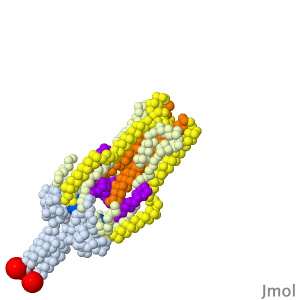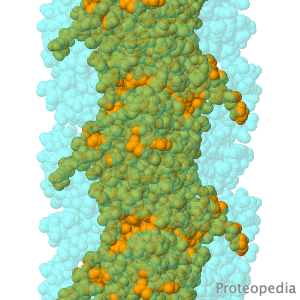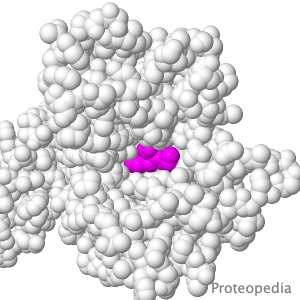Sandbox Home
From Proteopedia
| Line 1: | Line 1: | ||
| + | <style> | ||
| + | #tableColumnsMainPage td { vertical-align: top !important; } | ||
| + | </style> | ||
<table id="tableColumnsMainPage" style="width:100%; border:2px solid #ddd; border-collapse:collapse; table-layout:fixed;"> | <table id="tableColumnsMainPage" style="width:100%; border:2px solid #ddd; border-collapse:collapse; table-layout:fixed;"> | ||
<!-- HEADER --> | <!-- HEADER --> | ||
Revision as of 16:01, 30 September 2025
<style>
#tableColumnsMainPage td { vertical-align: top !important; }
</style>
|
ISSN 2310-6301
As life is more than 2D, Proteopedia helps to bridge the gap between 3D structure & function of biomacromolecules
Proteopedia presents this information in a user-friendly way as a collaborative & free 3D-encyclopedia of proteins & other biomolecules.
|
||||||||
| Selected Research Pages | In Journals | Education | ||||||
|---|---|---|---|---|---|---|---|---|
|
|
|
||||||
|
||||||||




